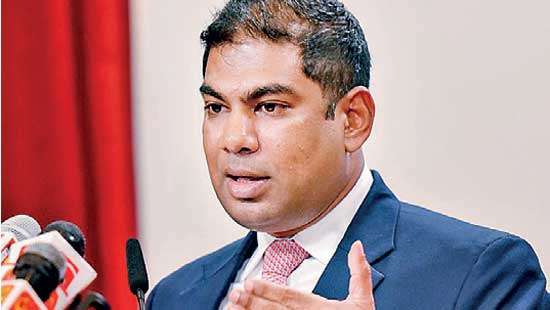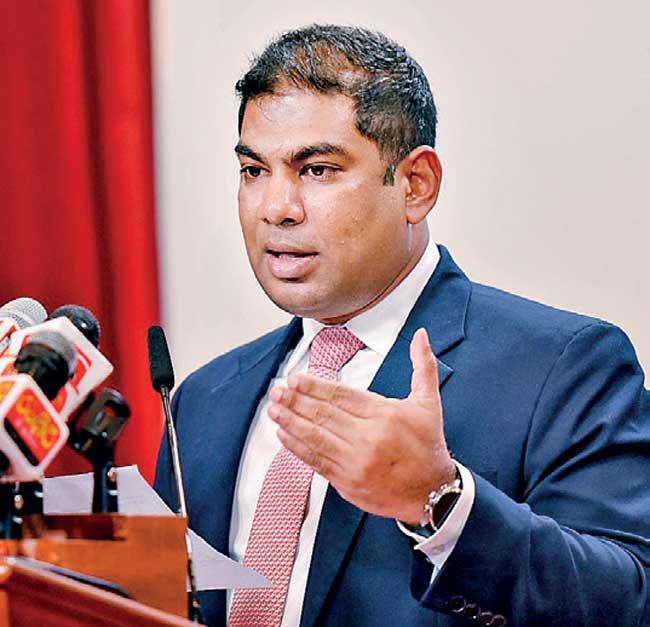Reply To:
Name - Reply Comment


Power and Energy Minister Kanchana Wijesekera
Sri Lanka’s proposed power sector reforms may reach the Cabinet of Ministers by next week, as the Attorney General is expected to clear the bill to restructure the Ceylon Electricity Board (CEB) this week, Power and Energy Minister Kanchana Wijesekera said yesterday.
He said that the proposals for the CEB restructuring, which were previously submitted, are currently under review by the Legal Draftsman’s Office. They have completed their review and forwarded the proposal to the Attorney General.
“On a positive note, the Attorney General recently conveyed plans to provide the requisite clarifications within the week, thus facilitating the proposal’s presentation to the Cabinet in the forthcoming week. These developments indicate a significant step forward in the restructuring programme,” Wijesekera said.
Sri Lanka plans to unbundle the loss-making state-owned utility, which has a monopoly on electricity generation and transmission under an International Monetary Fund (IMF)-backed programme.
As no state enterprise is permitted to draw funds from the Treasury to cover its financial losses, as agreed with the IMF, the government has introduced price-reflective electricity and fuel prices.
The latest electricity price revision came into effect on October 21, where electricity tariffs were increased approximately by 18 percent.
Wijesekera yesterday said that the electricity tariffs would undergo revisions every three months from next year, deviating from the prior schedule of every six months.
Meanwhile, despite the significant previous tariff hikes, the minister said the CEB’s operating loss, as at the end of September, stood at Rs.29 billion, whereas its loss for the year 2022 was Rs.272 billion.
The accumulated losses of the CEB for the period 2014-2022 stood at Rs.565 billion and the working capital subsidy extended by the government during the same period was Rs.257 billion.
Sri Lanka implemented three tariff revisions this year—66 percent increase on February 15, 14 percent decrease on July 01 and 18 percent increase on October 21.
Further justifying the reasons for the latest tariff hike, Wijesekera noted that despite the significant rainfall, the key reservoirs critical for hydroelectric power generation, such as Samanala Lake, Victoria and Randenigala, have remained below their usual capacity, due to lower-than-average rainfall to these areas.
He pointed out that this is evident in the decline of reservoir capacity utilisation from 84.41 percent on October 22, 2022, to the current 65.81 percent, representing a significant 20 percent decrease.
Hydroelectricity production in 2022 was considerably lower compared to the previous year, with a significant decline from 5,639 gigawatt hours in 2021 to 5,364 gigawatt hours. As of October 22, 2023, production stands at just 2,893 gigawatt hours, merely half of the previous year’s output.
With just 70 days remaining in the year, Wijesekera stressed on the growing uncertainty surrounding the attainment of electricity supply targets and the need to explore alternative measures, in order to guarantee a consistent and dependable electricity supply.